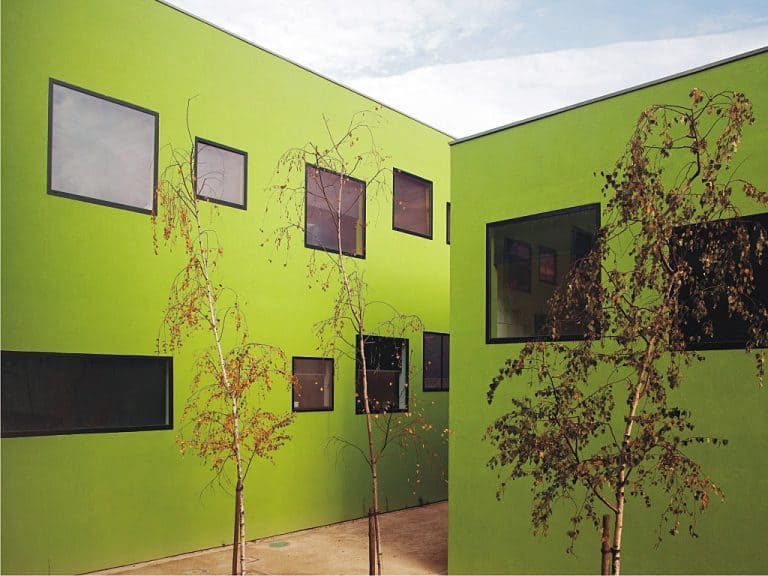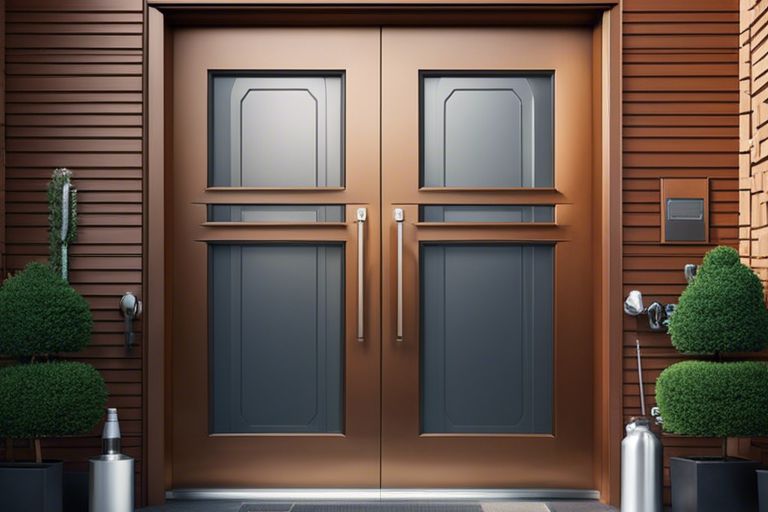When we see condensation in our new installation, the first thing we worry about is whether something is wrong or faulty. However, it is very rare for that to be the case. In fact, condensation is most often a sign that your products are working exactly as they should, rather than an indication of a fault.
Why does condensation occur?
Water vapour is increased by activities that create steam, such as cooking, bathing, washing, and boiling a kettle. This vapour is undetectable whilst floating in warm air, but any contact with cold surfaces, like windows, mirrors, and tiles, will cause condensation. This is normal and means that your windows are functioning properly. In the past, traditional house construction allowed this water to escape through natural ventilation. Nowadays, with modern advancements, the drive to conserve energy and reduce heating costs, homes are well sealed which results in trapped water vapour and the potential for condensation. Therefore, condensation can only ever be minimised and never eradicated.
When should I worry about condensation?
If the condensation is occurring between the sealed unit, then it’s failed and you need to call us to replace it. If the condensation is occurring on the outer pane of the windows, then that’s them doing their job properly, keeping the heat in. So, if you want to minimise the condensation, just follow our handy hints.
Tip 1
Increase natural ventilation If you have condensation forming, all you need to do is improve the circulation of air to reduce it. Here are some tips to do just that: • Leave your windows in the night ventilation position as often as possible • Open the roof vent (if fitted) • Remove any close-fitting curtains.
Tip 2
Heating – Maintaining some permanent heat during cold weather can help reduce condensation. For areas with a particular condensation problem, try increasing the temperature marginally. In the case of conservatories, if possible, place a heater under windows to maintain the temperature of the inside pane of your double-glazing.
Tip 3
Conservatories that are newly fitted need an initial ‘drying out’ period to prevent condensation. This is because hundreds of litres of water are used during its construction when building dwarf walls, concrete bases and plasterwork. So, it can take up to 12 weeks for natural condensation to dissipate. In winter, it’ll probably take a little longer than this.
Remove condensation quickly.
One of the best ways to prevent condensation from forming on your windows is to remove it as soon as possible. To do this, take some simple steps:
1. Remove any condensation that has formed on the glass by using a clean cloth or a plunger.
2. Clean the inside and outside of your windows with a lint-free cloth or vacuum cleaner.
3. Use a hairdryer to dry the window panes quickly and thoroughly.
4. Place a plastic sheet on top of the glass in order to keep condensation from forming on top again.
Remove condensation from cars.
You can remove condensation from cars by using a hairdryer, car washer, or air-purifying spray. The most popular methods are the hairdryer and the car washer, but each has its own disadvantages and benefits. For example, the hairdryer can cause damage to the paint if it is used too often, while the car washer may not be effective at removing all of the condensation. Be sure to read the instructions carefully before using any of these methods.
Remove condensation from windows by using a squeegee or a hairdryer.
Squeeze or dry the windows using any of the methods listed in Subsection 4.2 until the condensation is eliminated. Be sure to use clean and fresh water, as hot water will cause more condensation than cold water.
Remove condensation from home.
To remove condensation from your home, you will need to first remove the existing condensation. This can be done by using a hairdryer, air-purifier, or Window Cleaning Service. Once the condensation has been removed, it is important to clean the windows and glass in order to prevent future condensation.
Remove Condensation from Houses with a Glass Window
To remove condensation from a glass window, you will need to use a plunger and water. Make sure that the plunger is correctly calibrated and that the water is just enough to cover the window sealant but not so much that it causes damage. Be careful not to splash any of the water onto other people or property.






